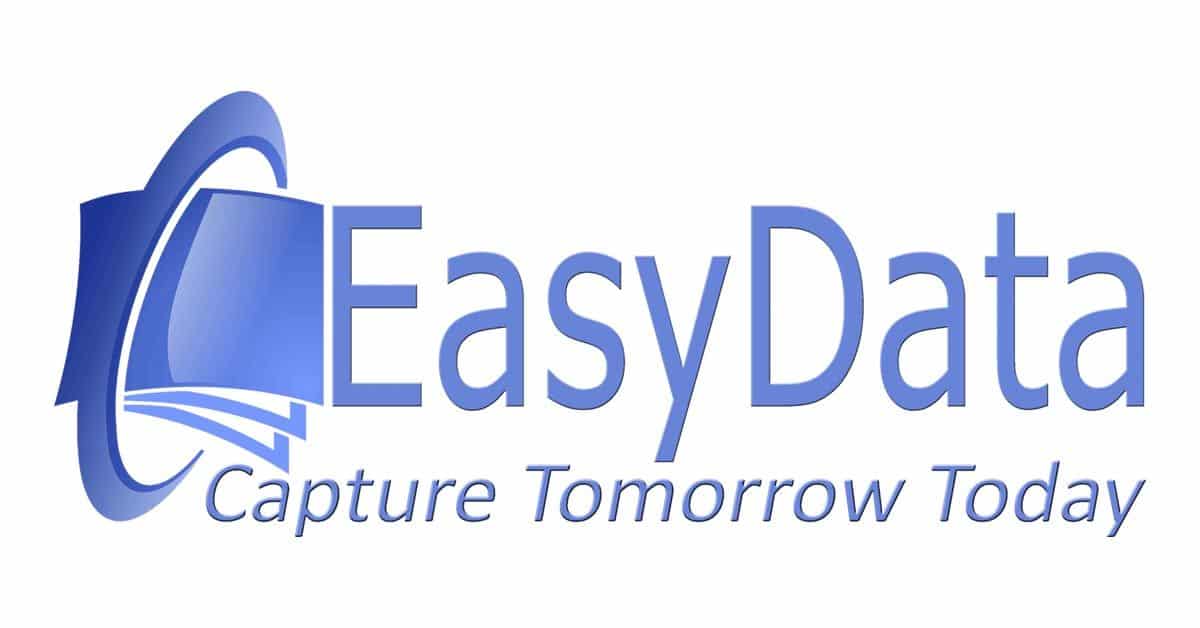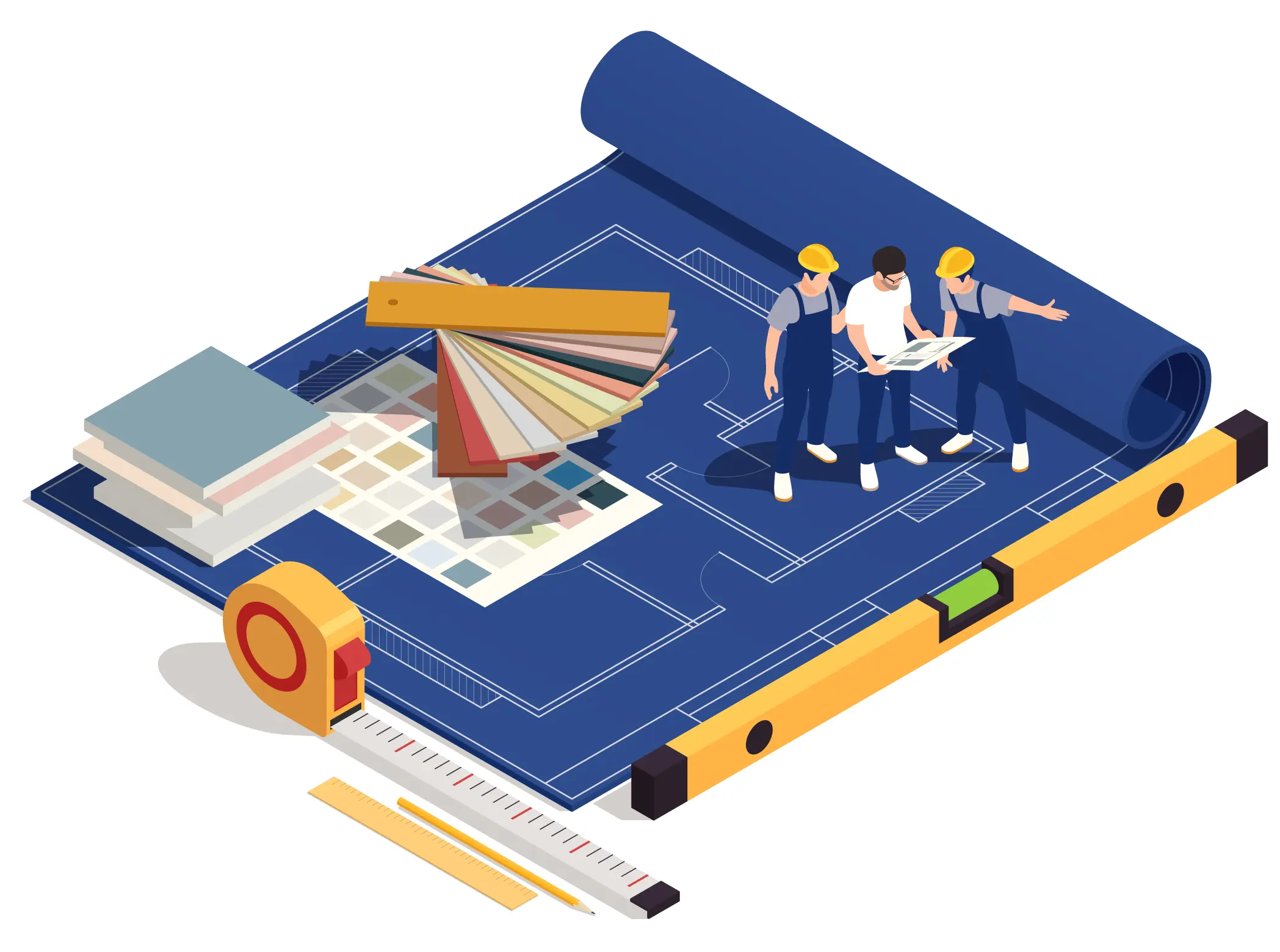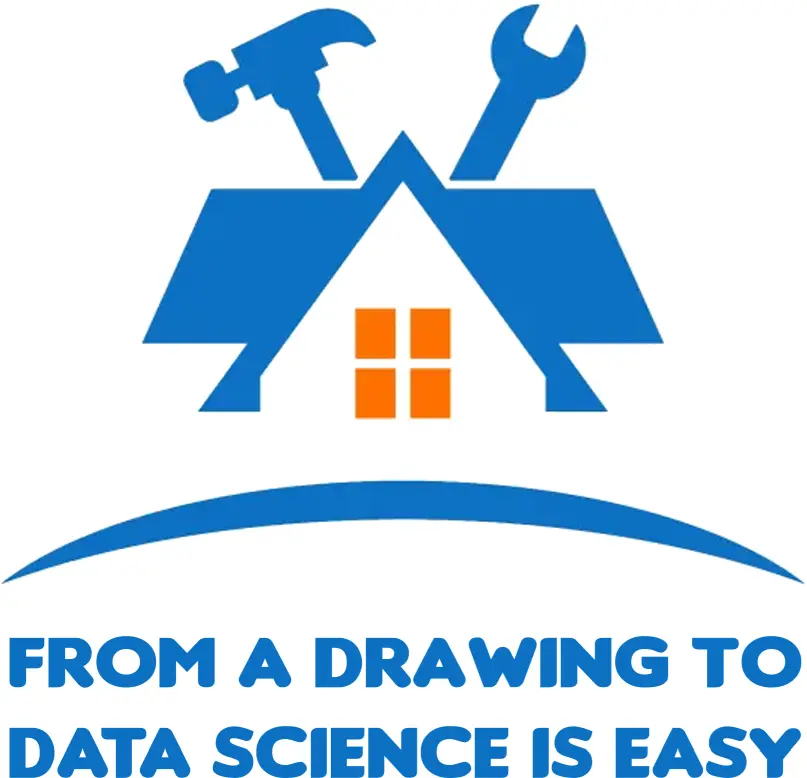Data and symbol extraction from technical drawings
The Business Case: Extracting Data from Technical Drawings
Do you have a project where you need to pull data from technical drawings? Then you’re in the right place. EasyData has developed Machine Learning neural networks so advanced they feel like AI (artificial intelligence).
The Language of Your Technical Drawings
It wasn’t easy, every drawing is unique. Some include handwritten notes, standalone tables, or industry-specific shapes. EasyData cracked the code. We started with our own OCR (Optical Character Recognition) technology paired with EasyData page segmentation. Over time, we added more tech to meet growing customer demand.
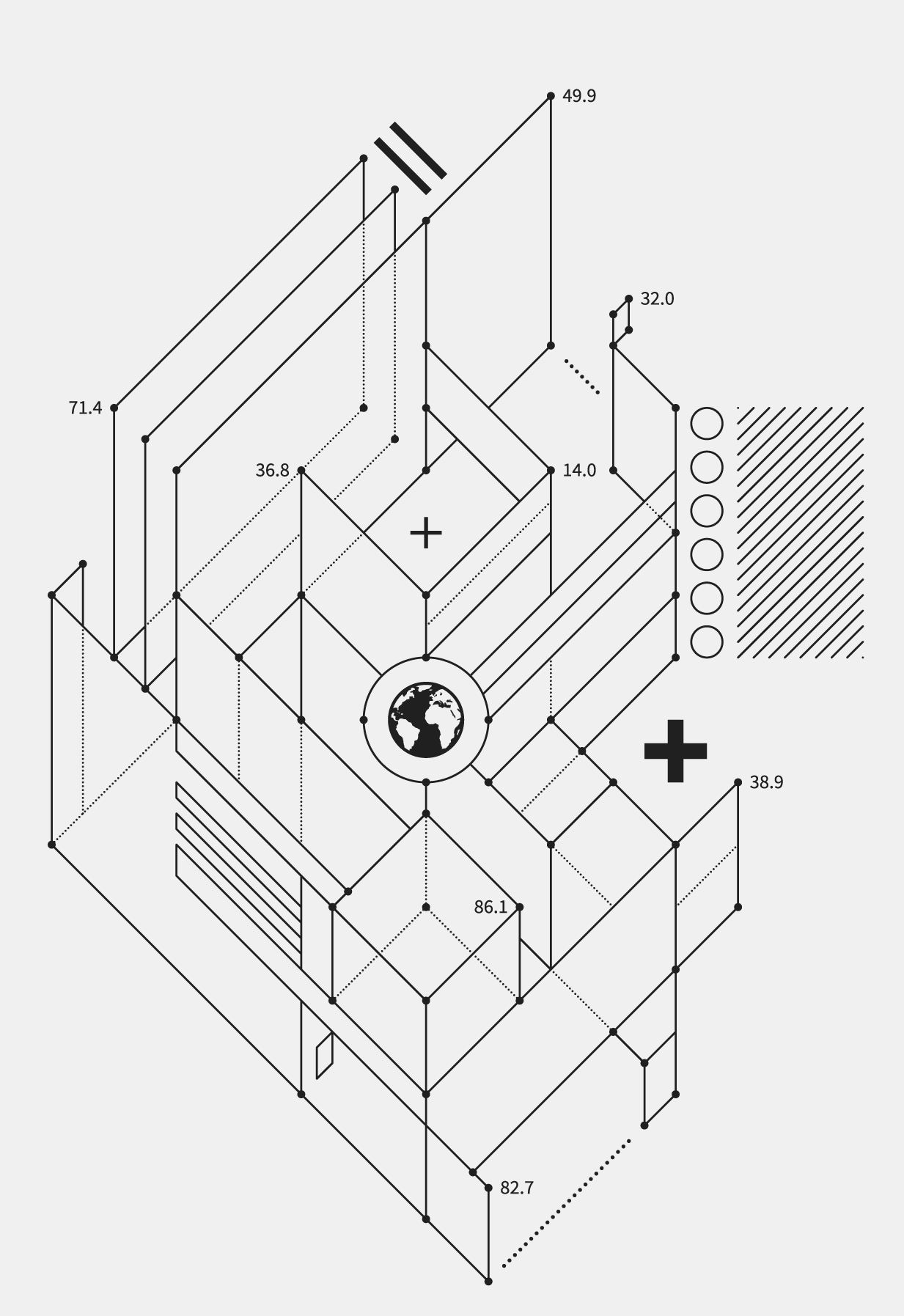
We recognize your drawings at the component level.
Heads up: this section gets technical. We’re giving tech-savvy readers a peek into how our recognition process works and how it accelerates your Digital Transformation. Clients for this work often have a keen interest in the technical side of drawing recognition.
Not into the techy details? Skip ahead. At the bottom of this article, you’ll find animations showing what we can do with your drawings!
Steps for Extracting Data from Technical Drawings
Good drawing recognition starts with classification. What view does your drawing show, and what data should you expect?
The drawing’s perspective hints at its layout and content.
That’s why we combine drawing segmentation with document classification. If the segmentation seems off, the classification is likely wrong too.
Using document definitions built from millions of technical drawings, we match each drawing to a fixed profile.
From there, recognition is the next step.
Drawing Classification
Recognition can be broken down by components, depending on the task. Is it a house, a gear, or a circus tent blueprint? We identify and export that data exactly how the client wants. Examples of drawing types include:
| Design drawings | Final design |
| Revision drawings | Detailed drawings |
| Sketch design | Technical design |
| Specification drawings | Detailtekeningen |
| Preliminary design | Construction drawings |
| Working drawings | Electronic schema’s |
Tekeningen wijken per opdracht altijd weer af …
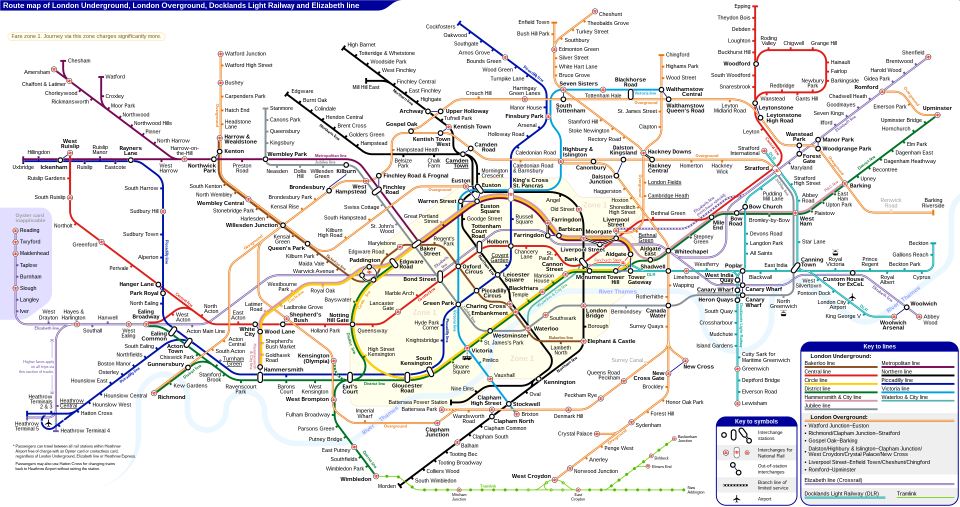
No two projects have identical drawings…
The Reality of Technical Development
Why would your organization be any different? Revision logs and structured notes are often overlooked in finished projects. Processing data and enabling effective search tools are critical. EasyData’s ICR tech (handwriting recognition) deciphers notes directly on drawings. We even track down related manuals, locally or online, using drawing recognition. The data comes from the client or the drawing itself. What info does the drawing hold? How deep should we go to unlock it?


For example, we can also extract table data and symbols from drawings.
Like object recognition, EasyData excels at spotting tables and their rows. Our system uses multiple modules, starting with classification and segmentation. Then we hunt for objects (drawing details) the client wants as editable data. We use Machine Learning (ML) datasets trained to find those objects. OCR handles text, and where it struggles, AI checks if our handwriting recognition does better.
When our segmentation tech finds a table, we switch techniques. This is available in our PDFCommunicator app (learn more via this link). PDFCommunicator includes on-demand table recognition for accurate extraction.
Everything runs automatically, tailored to the client’s needs.
Example Use Case
For years, vectorization, converting bitmaps to line drawings, was the go-to method.
Traditional OCR adds text recognition, but the result is still unstructured. We move beyond that boundary by extracting technical drawing data to Excel for example.

Classification through smart OCR
EasyData takes a different approach. Beyond OCR, our AI interprets drawings. This fuels Digital Transformation for technical archives. Our algorithms don’t just recognize drawings—they extract key data like titles, revision numbers, and other searchable details.
Machine Learning
Our algorithms studied millions of drawings to learn which data matters. Multiple clients now use EasyData’s results, and we, the engineers at EasyData, keep learning too. Why? Because every client focuses on different details in their drawings.
Technische tekeningen, herkennen en classificeren
We can customize solutions fast, depending on complexity and training data. Our AI works on pattern recognition. Train it to spot specific features, and it’ll find them automatically.

High-Quality Drawing Recognition: How It Works
Our speed and accuracy set us apart in technical drawing recognition. Beyond patterns, text recognition is vital—it determines whether a drawing can even be found later.
Besides typed text (machine-readable), we convert handwritten notes into readable text too!
